President Donald Trump held his first Cabinet meeting on Wednesday, where he proudly declared that his administration has made “tremendous progress” in areas like immigration (building walls and bridges—metaphorically speaking), energy production (“We’re drilling so much oil, even Texas is running out of places to put it!”), and negotiations between Ukraine and Russia (“They’re negotiating peace treaties faster than I can tweet”).
During the meeting, Trump took a moment to lament the state of U.S. education, claiming it was “ranked at the very bottom of the list.” To which someone should have whispered, “Sir, we might be ranked low because you keep cutting funding for schools.”
But hey, if there’s one thing this country needs less of, it’s probably geography lessons—after all, who cares about maps when you’ve got GPS? And let’s face it: If American students were any further behind, they’d need a time machine just to catch up to their peers from the 1980s.
With all the gravitas of a late-night infomercial host, he declared: “We want to move education back to the states where it belongs.” Translation? “Let’s take Washington out of the equation and let Iowa figure out how to teach algebra while Indiana debates whether cursive handwriting is still relevant.”
He continued, confidently proclaiming, “Iowa should have education, Indiana should run their own education.” Because nothing screams academic excellence like fifty different state curriculums duking it out in a no-holds-barred battle for mediocrity.
Who wouldn’t want Idaho teaching calculus differently than Delaware? It’s almost like creating an educational Hunger Games but with more standardized tests.
And then came the pièce de résistance: “You’re going to see education go way up,” Trump promised. Way up! Presumably, this means students will finally learn how to calculate exactly how much they don’t know about history or science.
He capped off his speech by lamenting America’s current standing: “Right now we’re ranked at the very bottom of the list.” Which begs the question—if rankings are anything like reality TV ratings, does being last mean we’re actually number one in suspense?
One thing’s for sure: If Trump keeps talking about moving education around, maybe someday geography teachers won’t need lesson plans—they’ll just follow the news.
The plot thickens! So when Trump boldly claimed during the Cabinet meeting that the U.S. was ranked 40th, it seems he may have been pulling numbers out of his… well, let’s just say thin air.
In 2022, Program for International Student Assessment (PISA)tested students from over 80 countries in reading, math, and science. Spoiler alert: The results weren’t exactly “Make Education Great Again” material.
The U.S. did manage to rank above the OECD average in reading and science skills, proving that American kids can at least read instructions and maybe identify a beaker in a lab.
But when it came to math? Let’s just say if math were a sport, Team USA would be benched faster than you can say “long division.” The country fell below the OECD average, because apparently fractions are still scarier than taxes.
So where does that leave us with Trump’s claim of being “ranked 40th”? Well, unless he was referring to some secret list no one else knows about—like “Top 50 Countries Where Teachers Drink Coffee”—it’s safe to assume his statistic might need an honorary degree in creative accounting.
Either way, one thing is clear: If we ever do rank #1 globally, I hope someone remembers to teach our kids what humility looks like.
Well, it looks like we’re diving headfirst into the rabbit hole of educational statistics—and if there’s one thing we’ve learned so far, it’s that numbers can be as slippery as a buttered-up politician.
According to the PISA report, not only is America struggling to keep up with its international peers in math and science (because apparently quadratic equations are harder than they used to be), but these scores have actually fallen since 2009. That’s right—our math skills are regressing faster than your ability to remember what you had for breakfast yesterday.
On the bright side, reading performance did improve slightly over the same period. So hooray! American students might not be able to calculate the tip at a restaurant, but at least they can read the menu… unless it’s written in cursive, which—as we all know—is controversial these days.
The report also noted some interesting quirks about U.S. education: Fewer kids attend pre-primary education compared to the OECD average, which sounds less like “land of opportunity” and more like “land of late starts.”
And then came another gem from Trump during the Cabinet meeting: He claimed that the U.S. spends more money per pupil than any other country in the world. Cue the record scratch. While it’s true that the U.S. does shell out quite a bit per student—more than most countries—it’s not number one globally.
Luxembourg, for example, spends significantly more per pupil, proving once again that tiny duchies really do have big budgets.
So while Trump was busy making bold claims, reality quietly whispered, “Maybe invest in some fact-checkers?”
After all, if the U.S. wants to climb those global education rankings, perhaps we should start by teaching everyone—including our leaders—the difference between correlation, causation, and just plain creative storytelling.
Well, well, well—looks like Uncle Sam’s wallet isn’t as overstuffed as some might think. According to the OECD (those pesky number-crunchers who refuse to let hyperbole slide), the U.S. actually spends less per student than countries like Norway and Luxembourg.
Yes, you heard that right: Luxembourg—a country so small it could fit inside an Iowa cornfield—is outspending America on education. Maybe they’re just trying to compensate for their lack of landmass with their oversized budgets?
And here’s the kicker: When it comes to primary education spending, the U.S. doesn’t even crack the top five. Nope, we rank a humble sixth in cost-per-pupil. So much for being “the greatest country in the world,” huh? At this rate, we’re not winning gold medals in global education—we’re lucky if we make it onto the podium.
Of course, none of this stopped Trump from confidently declaring during the Cabinet meeting that the U.S. spends more per pupil than any other nation. If his claims were an Olympic event, he’d definitely take home the gold—for artistic interpretation, at least.
But facts are stubborn things, and apparently, Norway and Luxembourg have better accountants.
So where does this leave us? With a lot of questions, honestly. Like, if the U.S. is spending all this money but still lagging behind in math and science, maybe we should stop buying shiny new whiteboards and start figuring out why our students can’t calculate how many whiteboards they’ve broken.
Or perhaps we could ask Luxembourg for tips—they seem to know what they’re doing. Either way, one thing is clear: If knowledge is power, then America needs to recharge its batteries… or at least upgrade to solar panels.

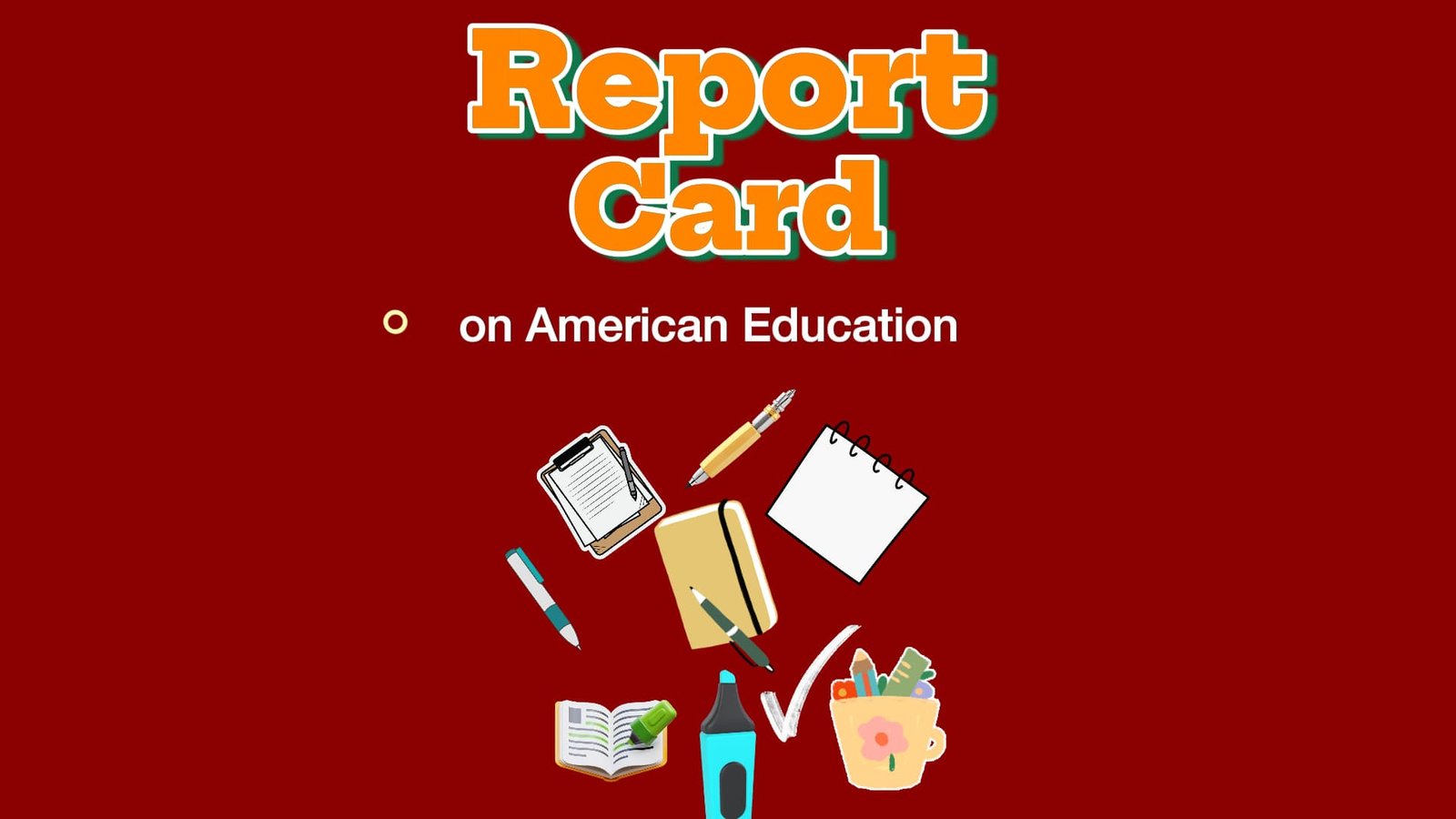
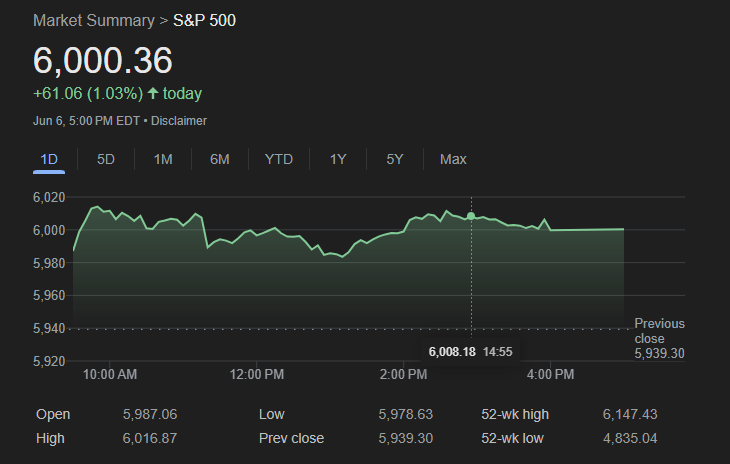

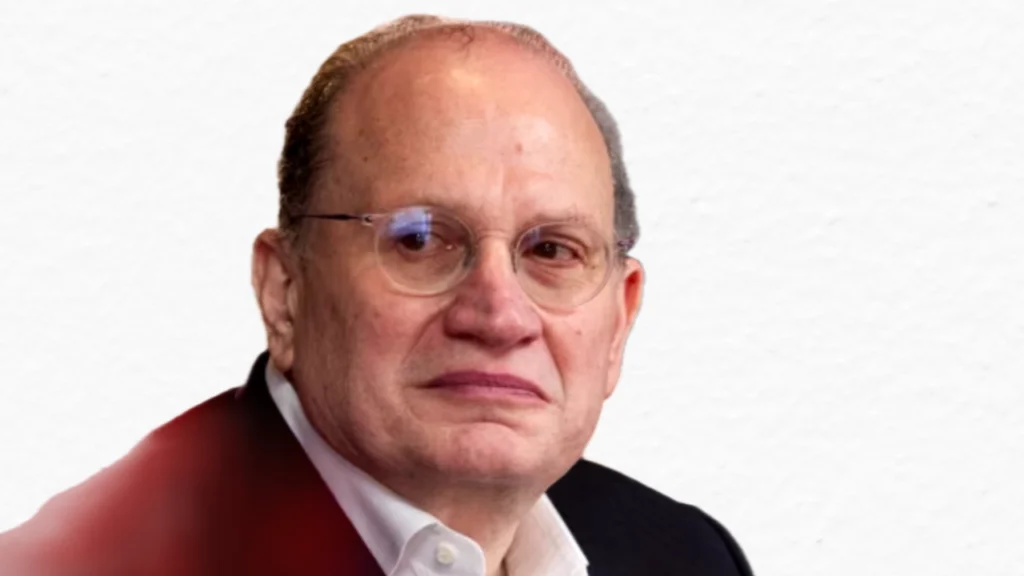
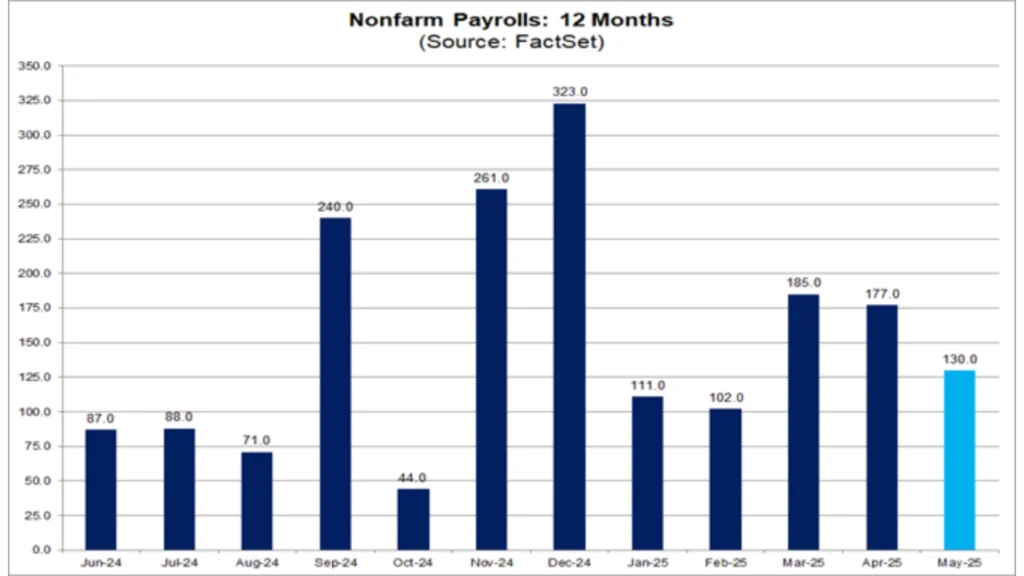
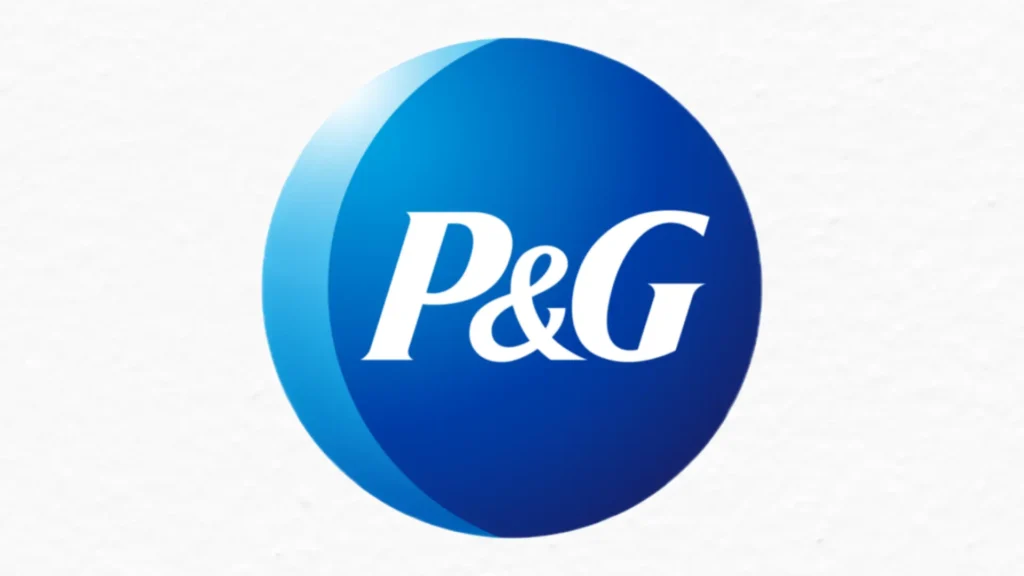

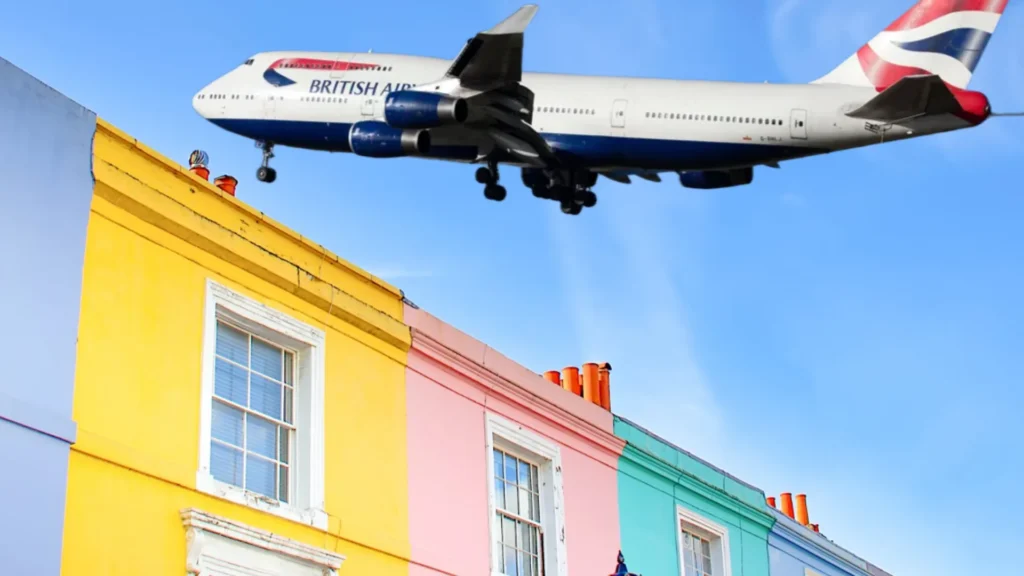



Leave a Reply